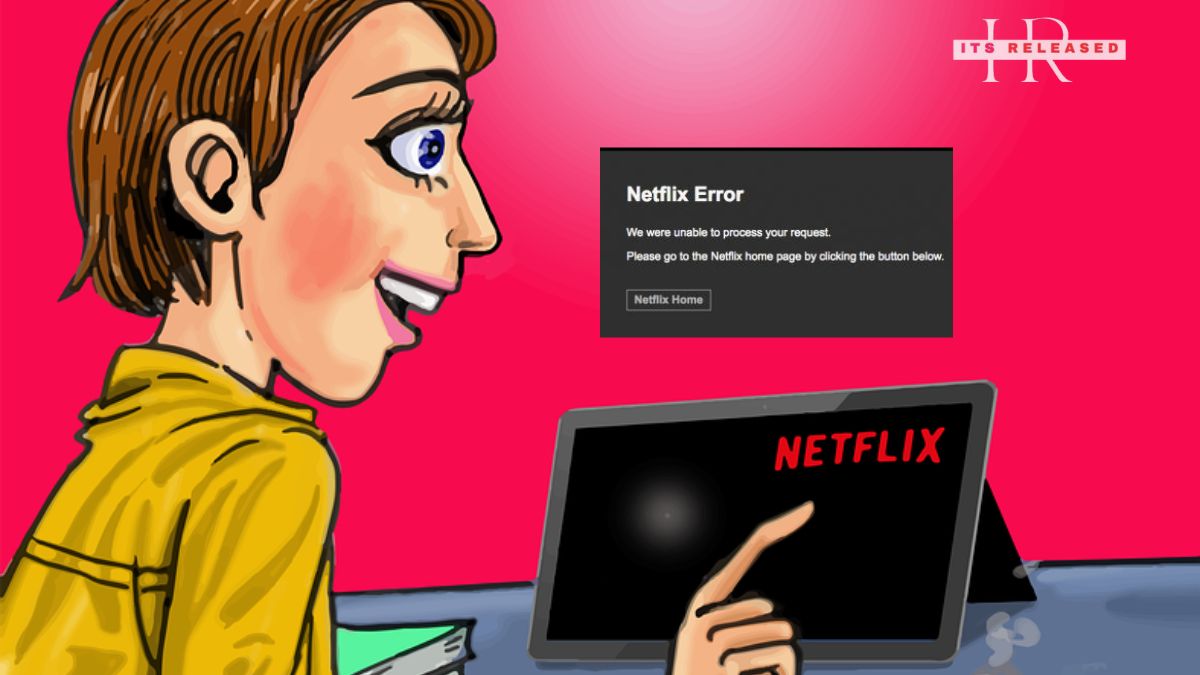A short blackout of our preferred streaming service can feel like a significant interruption in an era when binge-watching has become a popular activity and streaming platforms have revolutionised the way we consume content. As a pioneer in the streaming media space, Netflix isn’t immune to technological difficulties that can leave subscribers feeling cheated out of their on-demand entertainment. The effects of Netflix outages and their likely causes are investigated in this article.
Unraveling the Netflix Phenomenon
Netflix has gone a long way from its inception in 1997 as a DVD rental-by-mail service, evolving to meet the needs of both its customers and the ever-evolving technology industry. The service swiftly adapted to the transition from discs to streaming, giving its paying customers access to a voluminous collection of films, TV series, and original productions. Customers’ expectations grew along with Netflix’s stardom. However, even industry leaders like Netflix occasionally experience downtime due to unforeseen technical issues.
The Impact of Netflix Downtime
When Netflix is down, it can leave millions of people confused and irritated. A sudden service breakdown might ruin an evening’s leisure plans, whether they involve a movie marathon or the premiere of a favourite series. The fallout is felt not only by the streaming giant’s consumers, but also by the company’s reputation, bottom line, and the streaming industry at large.
Netflix outages can be caused by a number of different things, from server issues to external influences. Several of the most typical explanations are:
- Server Overload: Due to the sheer number of people who use Netflix, the service is occasionally interrupted or suffers quality drops because of server overload.
- Internet Service Provider (ISP) Issues: Netflix uses the reliable network connections made available by a wide range of ISPs. Netflix’s streaming capabilities may be interrupted if certain service providers face technical difficulties or congestion.
- Software Bugs and Updates: The continuous evolution of Netflix’s platform requires regular software updates. Occasionally, these updates may introduce unforeseen bugs that can impact the overall performance and stability of the service.
- Cybersecurity Threats: Netflix, like any other internet service, might be the target of a hacking attempt. The service could be taken down momentarily to prevent further damage and protect user data in the event of a security breach or Distributed Denial of Service (DDoS) attack.
Netflix’s Response and Remediation
Netflix places a high priority on providing constant service and has made significant investments in infrastructure and technology to that end. Engineers are employed by the company, and they work diligently to find and fix problems as soon as they arise. Netflix’s platform is more reliable and scalable than ever thanks to redundancy measures, backup systems, and load balancing methods.
The importance of proactive communication during service interruptions cannot be overstated. Netflix keeps its customers apprised of service disruptions, expected repair timeframes, and company initiatives via its social media channels, email alerts, and main website.
The Resilience of the Streaming Industry
While temporary interruptions to our binge-watching schedules are annoying, it’s vital to keep in mind that service outages like Netflix’s are simply a part of the ever-changing digital landscape. Overall, the streaming sector has proven to be quite resilient when faced with adversity. Users who need ongoing access to their favourite shows and films need not worry, since services like Amazon Prime Video, Disney+, and Hulu are available as alternatives.
Conclusion
As Netflix maintains its dominant position in the streaming business, intermittent outages are unfortunately inevitable. While these problems can be annoying, the organisation is committed to resolving them as quickly as possible. Users can better handle Netflix outages by learning the reasons for them and being informed about the solutions being implemented.
When a streaming service like Netflix experiences an outage, it serves as a reminder of our dependence on technology and the linked nature of the digital world in an era where streaming has become firmly engrained in our leisure habits. It shows how difficult it is to provide uninterrupted service to millions of consumers around the world.
Netflix continually invests in new technology and infrastructure upgrades to reduce the effects of outages. The organisation uses a wide array of content delivery servers situated in key geographic areas. This helps them spread out the work and reduce the likelihood of any one area experiencing an outage. Netflix’s global network allows it to efficiently provide material to viewers in a wide variety of places, hence minimising delays and improving playback quality.
When Netflix has outages, they notify their subscribers as soon as possible. As part of their policy of openness, they update customers frequently on the status of problem resolution. Social media, blogs, and status pages are common ways to keep customers apprised of service restoration activities. Netflix also offers troubleshooting manuals and support channels to help customers fix any connection problems they may have.
While Netflix does what it can to keep interruptions to a minimum, the streaming industry as a whole is adapting to provide failsafes. The proliferation of streaming services has given viewers more options, allowing them to temporarily switch to another service if their preferred one goes down. Competition in the streaming industry is a good thing, as it spurs innovation and ensures that services are always improving in quality.
Furthermore, incidences of outage give Netflix and other streaming providers with excellent learning opportunities. The industry as a whole can become more resilient if its members investigate the root causes of disruptions and work to eliminate them. Netflix is able to anticipate and prepare for future threats because of its dedication to investing in R&D and working with technology partners.
As Netflix continues to dominate the streaming market, occasional service disruptions are an unavoidable reality. While frustrating, they are often short-lived, and the company actively works to rectify these issues. Understanding the ca











